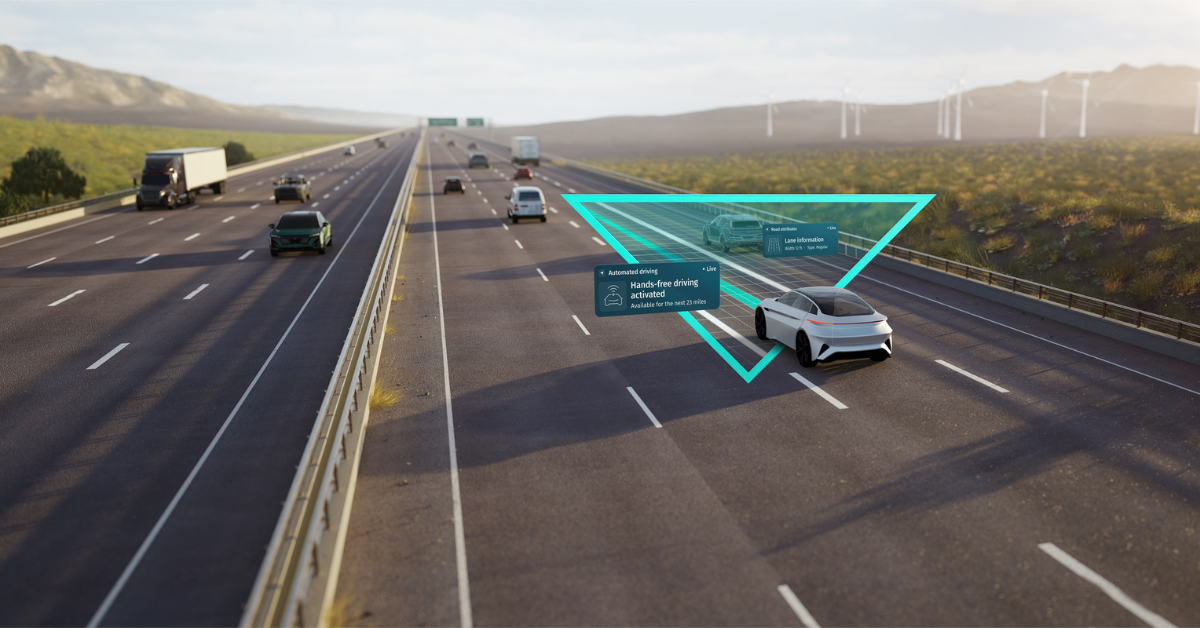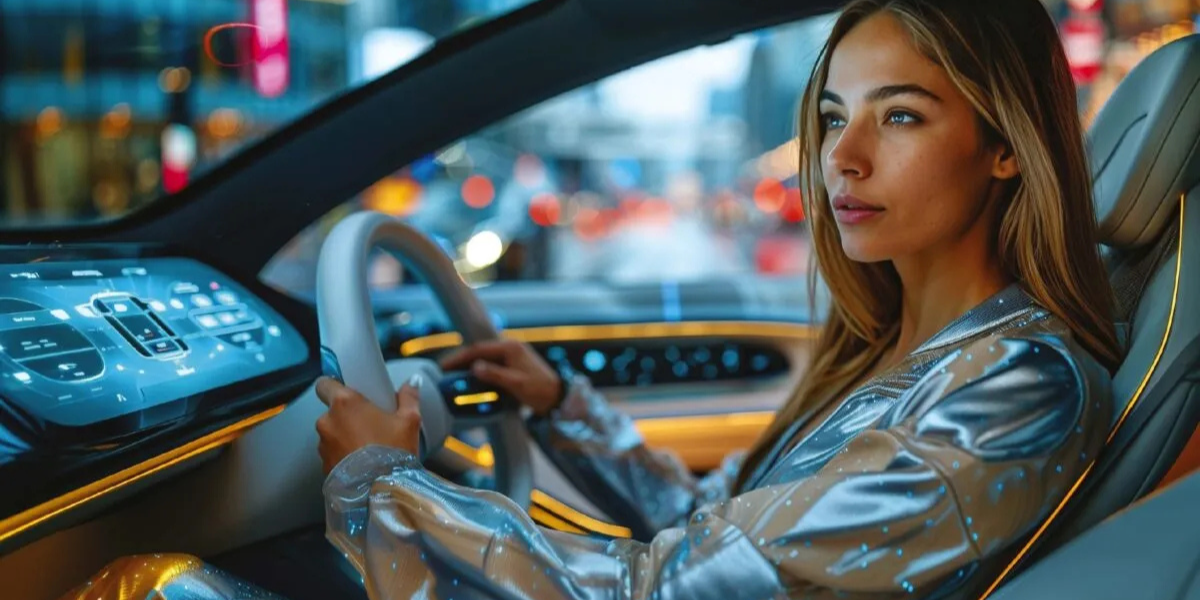Intertraffic Amsterdam 2024 kicks off with a clear message
The Opening Plenary Session of Intertraffic Amsterdam 2024 began with some energetic moves, pulsating beats and a light show worthy of a dance music festival but host Carlo van de Weijer from TU Eindhoven brought proceedings back to the matter in hand by introducing the Province of North Holland’s Jeroen Olthof and Melanie van den Horst, deputy mayor of the City of Amsterdam who explained how their region and city are keeping people moving while simultaneously speeding the mobility transition in an area that is, as van den Horst succinctly put it “no longer fits”. The population of Amsterdam has increased but, of course, the city itself has not, so a greater emphasis on public transport usage and the promotion of active travel modes has been subtly introduced. Olthof maintained that maintaining the city is also key to keeping the movement of people flowing and that a system of strategic road closures is also intrinsic to a healthy city.
Who adapts best to the ramifications of the closures? Who doesn’t react well to the new system? The data gleaned from the innovative measures is ingested to create Intelligent Access schemes that will keep North Holland, and the City of Amsterdam in particular, flowing.
The European Commission’s head of transport networks, Eddy Liegeois, leaned heavily on the sustainable mobility angle, insisting that smart, resilient mobility systems, that also take the needs of the business community into account, need to be interoperable to ensure their EU-wide success.
Next the packed Summit Theatre 1 audience heard from representatives from the cities of Brussels and Hamburg. The Belgian capital’s vice mayor of mobility and public works, Bart Dhondt, majored on the idea of cultural and behavioural change being hugely important to achieving the city’s ambitious mobility goals, adding that the redistribution of public space (using the example of a four-lane city centre highway being transformed into a public park with zero negative impact on city traffic congestion levels) is a surefire method to achieve air quality targets that would otherwise be unachievably onerous. Hamburg’s minister of transport and mobility transition, Anjes Tjarks, reported that his city’s successful attempts to achieve seamless mobility for its citizens and to increase traffic flow, was in no small part due to its innovative Deutschlandticket public transport solution which has now seen over 40 per cent of Hamburg residents purchase a multimodal subscription. Hamburg is aiming for a public transport system that offers some form of transport every five minutes between the hours of 0600 and 2100.
SWARCO CEO Michael Schuch focused on his company’s continuing sponsorship of the Intertraffic ITSUP event and Startup Challenge, as evinced by his colleague Laura Coconea in our news pages last week.
Disruptive innovators, as can be found in huge numbers in the ITSUP hall, bring the passion, fresh ideas and acceptance of failure that any rapidly evolving industry needs but whose understandably risk-averse stalwarts are often reticent about committing to. The prize for this year’s winners of the SWARCO Start-Up Challenge is to work closely with SWARCO for six months in order to bring the winning idea several steps closer to fruition.
The Plenary was wrapped up by the head of Nissan Advanced Technology’s San Francisco-based Dutchman Maarten Sierhuis. Looking beyond the driver’s seat for answers, Sierhuis used Japan as an example of how mobility solutions that don’t adhere to the norm are the ones that are more likely to succeed, citing a demand-responsive transit scheme in a Japanese city hit by a natural disaster as case in point. A pick-up and drop-off project that uses a highly innovative facial recognition payment app has dramatically increased the area’s mobility offerings and transformed the lives of the affected population.
Intertraffic Amsterdam 2024 is up and running in some style. Change is happening and it’s happening here…
Loading component...
Get up to speed on the mobility industry - our newsletter straight to your inbox!

.png?h=400&iar=0&w=1400)

